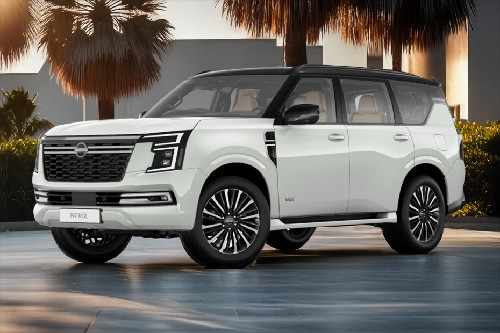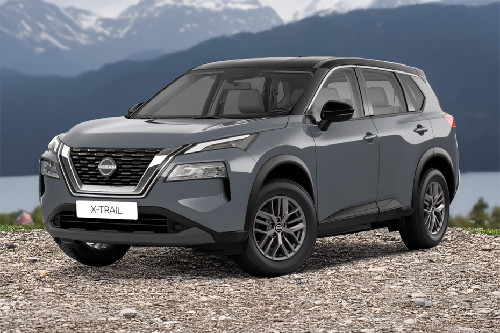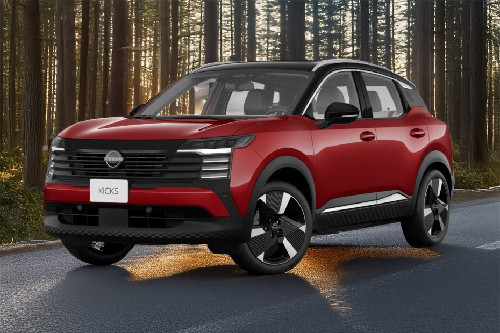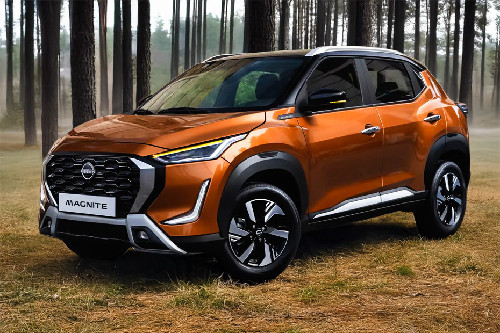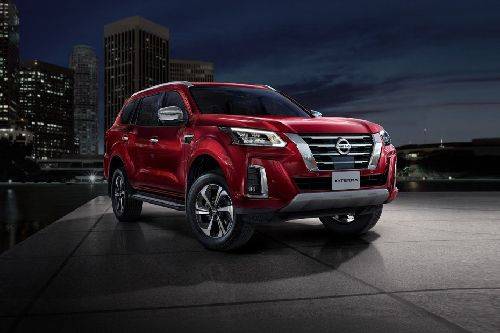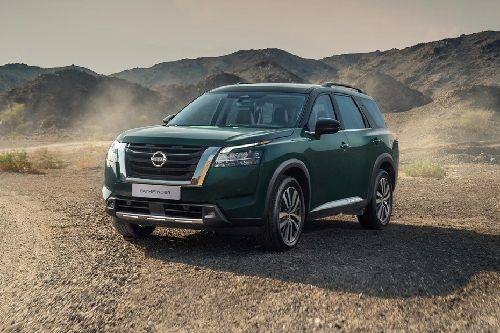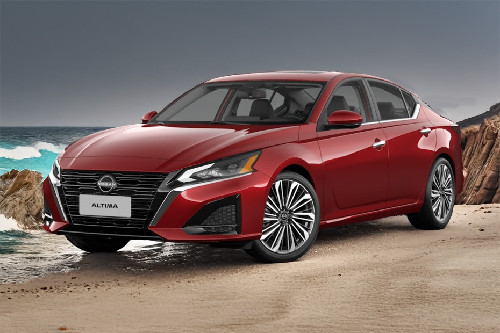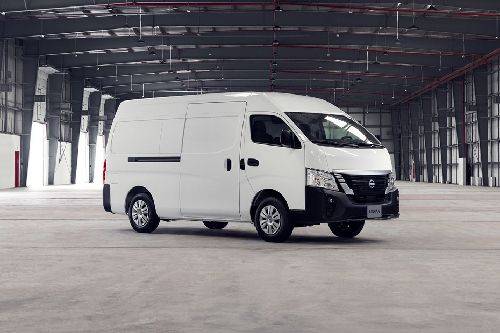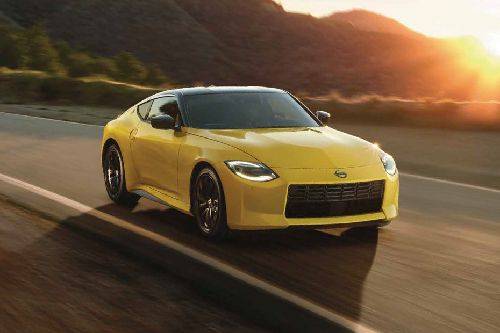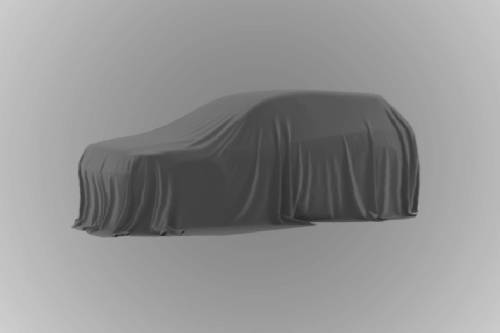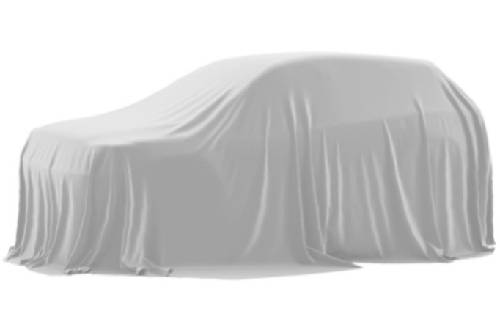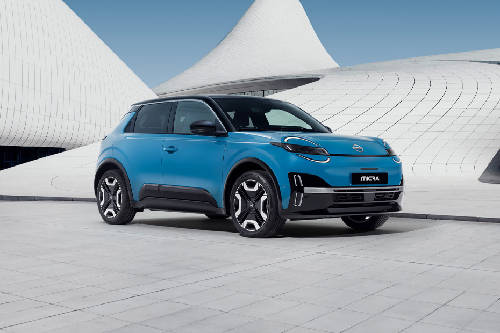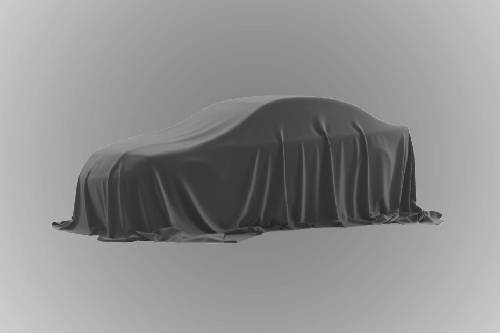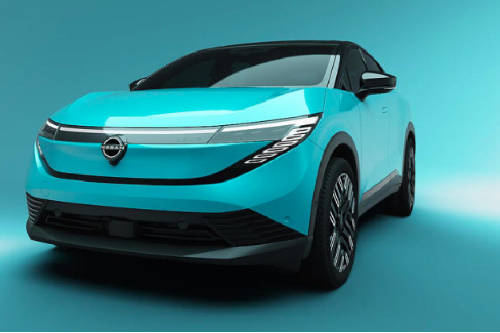New ADAS Features Becoming Standard in UAE SUVs

Abu Dhabi: One thing humanity has been blessed with all over the world is technology. Today’s modern life is unimaginable compared to five decades ago in so many ways. The same goes for the automotive industry, which has always been known for its technological advancement.
KEY TAKEAWAYS
What are the key ADAS features standard in 2025 UAE SUVs?
The standard ADAS features you find in SUVs today are adaptive cruise control, lane keep assist, emergency braking, blind-spot monitoring, and rear cross-traffic alert.What makes ADAS features a must-have on cars in 2025?
These features help reduce accidents, improve driver awareness, automate safety tasks, and enhance overall driving comfort and confidence.Cars on the road today, vis-à-vis a few decades ago, have completely changed, and the same is true in the UAE car market. You'll notice that features which used to cost extra, or weren't available at all, now come standard on most SUVs. Advanced Driver Assistance Systems (ADAS) have moved from luxury options to basic equipment. Even budget SUVs under AED 80,000 now get what once was the domain of the premium models just a few years ago.
This shift matters for buyers, and quite frankly, ADAS isn't just about tech specs or marketing buzzwords anymore. They have become quite essential today and help prevent accidents, reduce driver fatigue on long highways, and make daily driving less stressful. And in a place like the UAE, where summer heat, long distances, and mixed traffic conditions are a way of life, these features actually make a lot of sense from a practicality point of view.
But, just like any technology, the devil is in the details because not all ADAS systems are equal. Some work better than others. Some are genuinely useful, and others may appear as unnecessary or unreliable. So, if you're buying an SUV in 2025, knowing the ADAS features well and understanding what you're getting is important. We deep dive in this article to help you. 
What ADAS Actually Means
In simple terms, ADAS is nothing but a bunch of technologies that help drivers prevent accidents or reduce as much as possible in their severity. And these technologies combine cameras, radar sensors, and sometimes lidar to monitor the road around your vehicle. They process this information in real time and either warn you about potential hazards or take action themselves.
You may already have heard some of them, but not all. These include the basic ones like automatic emergency braking, lane departure warning, and blind spot monitoring. The more sophisticated features are adaptive cruise control, lane-keeping assist, and traffic jam assist. The newest systems, like Toyota Safety Sense 3.0 or Nissan ProPILOT, can handle much of the highway driving on their own, but drivers need to focus on possible intervention, if necessary.
However, it is worth noting that these aren't self-driving features. They're assistance systems. The car can help, but you're still responsible for everything that happens. That's important to remember, especially when marketing materials make these features sound more capable than they really are.
What's Standard Now in UAE
The ADAS technologies have been evolving, and so has their availability across various SUVs. Let's say, five years ago, you'd find basic ADAS features only on SUVs costing over AED 150,000. But that has changed considerably, because even models under AED 80,000 come with several safety systems as standard equipment.
The basic features include anti-lock brakes, electronic stability control, traction control, and tyre pressure monitoring. They are quite useful in day-to-day driving conditions, and become an absolute minimum on any new SUV sold in the UAE. This also includes at least two front airbags, though better models offer six or more.
However, the breakthrough is in the active safety areas. This comprises Automatic emergency braking becoming standard across most price ranges. This system observes the road ahead and applies the brakes if it detects an imminent collision. Lane departure warning is common too; it alerts the driver if they drift out of the lane without signalling. Rear cameras are now standard on almost everything, with many models adding front and rear parking sensors.
Standard and Advanced safety features for new cars in the UAE by price segment
|
Price Range |
Standard Safety & ADAS Features |
|
Under AED 80,000 |
Anti-lock Brakes (ABS), Electronic Stability Control (ESC), Traction Control, 2+ Airbags, Rear Camera, Tire Pressure Monitoring |
|
AED 80,000 - 120,000 |
All features from lower tier, Automatic Emergency Braking, Lane Departure Warning, Blind Spot Monitoring, Rear Cross-Traffic Alert, Adaptive Cruise Control, Front/Rear Parking Sensors, 6+ Airbags |
|
Above AED 120,000 |
All features from lower tiers plus Lane-Keeping Assist, Traffic Sign Recognition, Driver Attention Monitoring, 360-Degree Camera, Traffic Jam Assist, Automatic High Beams, Semi-Automatic Parking |
Move up to SUVs in the AED 90,000-120,000 range, and you typically get blind spot monitoring, rear cross-traffic alert, and adaptive cruise control. Some also get 360-degree cameras and automatic high beams. Likewise, models above AED 120,000 often include lane-keeping assist, traffic sign recognition, and driver attention monitoring.
The arrivals of Chinese brands have pushed this trend even further, just like the way they are ahead in software and electronics. In the UAE, models like the Changan CS35 Plus, Haval Jolion, and MG ZS offer enticing comprehensive ADAS packages at prices well below established Japanese and Korean competitors. This has forced everyone else to add more features as standard just to stay competitive.
What Matters for UAE Driving
Now taking a look at more practical features in everyday driving conditions, you will notice that not all ADAS features are equally useful here. That is what we feel when test-driving a car across brands. Some make real differences to safety and comfort. Others are nice to have but not essential, and so it comes to your own choice if they increase the price of your car or you will never use them. And a few are more annoying than helpful in local conditions.
This list starts with automatic emergency braking, which, we believe, is the single most important feature. Just look, it can prevent rear-end collisions when someone brakes suddenly or a car pulls out without warning. Given how aggressive traffic can be in Dubai and Abu Dhabi, this feature has probably prevented thousands of accidents already since its introduction across cars in the Emirates.
Second, equally vital is blind spot monitoring, which matters more on highways than in the city. The wide lanes and fast-moving traffic make lane changes risky. Having sensors that warn you when someone's in your blind spot reduces stress and improves safety. Then comes the adaptive cruise control that transforms long drives, allowing you to relax and drive longer hours without a break. If you regularly travel between emirates, having the car maintain speed and following distance makes highway driving far less tiring. The difference is noticeable on trips to Al Ain or Abu Dhabi.
Rear cameras and parking sensors are essential. Parking lots here can be tight, and SUVs are large.
Features like lane departure and traffic sign recognition, the automatic high beams Less useful or problematic features are considered moderately useful.
And, lane-keeping assist, driver attention monitoring, parking assistance and Semi-automatic systems that assist but don't fully automate are more practical.
ADAS Benefits
|
Feature |
Usefulness |
Reason/Comment |
|
Automatic Emergency Braking |
Very High |
Prevents rear-end collisions in traffic |
|
Blind Spot Monitoring |
Very High |
Critical for busy highway lane changes |
|
Rear Camera + Parking Sensors |
Very High |
Essential for tight UAE parking lots |
|
Adaptive Cruise Control |
Very High |
Transforms long inter-emirate drives |
|
Lane Departure Warning |
Medium |
Helpful, but false alerts with poor markings |
|
Traffic Sign Recognition |
Medium |
Aids speed awareness, not vital |
|
Automatic High Beams |
Medium |
Good on empty roads, slow response in traffic |
|
360-Degree Camera |
Medium |
Nice for parking, but not essential |
|
Lane-Keeping Assist |
Low |
Often intrusive, frequently disabled by drivers |
|
Driver Attention Monitoring |
Low |
Lots of false warnings, sometimes annoying |
|
Full Automatic Parking |
Very Low |
Rarely works seamlessly as advertised |
|
Off-Road ADAS |
Very Low |
Not functional in local desert/sand conditions |
Don’t Pay Extra
Most buyers don’t really need to pay extra. Because the key features that matter like automatic emergency braking, blind spot monitoring, adaptive cruise, are now standard on most SUVs above AED 90,000. You get them whether you want them or not.
The question is whether to choose a higher trim or different model to get additional features. Is it worth paying AED 10,000-15,000 more to upgrade from basic ADAS to a full suite with lane-keeping, traffic jam assist, and 360-degree cameras?
For most buyers, probably not. The core safety features provide the bulk of the benefit. The advanced stuff is nice but not essential unless you do a lot of highway driving or regularly deal with heavy traffic.
Exceptions exist. If you commute daily on E11 during rush hour, traffic jam assist and stop-and-go adaptive cruise are worth having. If you frequently drive at night on long stretches, lane-keeping can reduce fatigue. If you park in tight spots constantly, a 360-camera system pays for itself in reduced stress. But if your driving is mostly around town with occasional highway trips, the basic ADAS package that comes standard on most SUVs is sufficient. Save the money for something else.
Here is a table rating ADAS performance by driving condition for the UAE:
|
Driving Condition |
ADAS Effectiveness |
Comments |
|
Major Highways |
Excellent |
Ideal conditions for all ADAS systems |
|
City Traffic |
Good |
Most ADAS work; lane-keeping often disabled |
|
Construction Zones |
Fair |
False alerts, recommend manual control |
|
Older Neighborhoods |
Poor |
Lane-keeping struggles, AEB still works |
|
Desert/Off-Road |
Not Functional |
Systems not designed; must disable manually |
Conclusion
The ADAS features are now part of buying any new SUV in the UAE. You don't have to seek them out or pay extra. They're just there, increasingly standard across all price ranges. And this is good progress as far as ease of driving and safety of car, pedestrians and roads.
Nissan Car Models
Automotive News and Reviews
- Latest
- Popular
You might also be interested in
- News
- Featured Stories
Featured Car
- Latest
- Upcoming
- Popular

